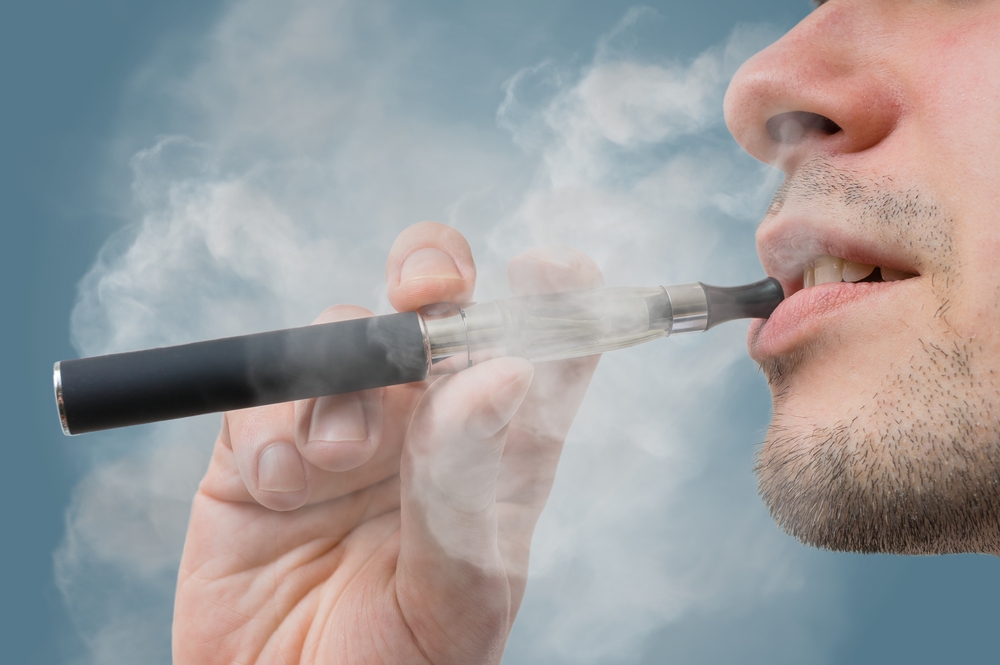Vaping, or e-cigarettes, has become a huge part of American and European culture over the last few years.
Indeed, these futuristic-looking devices have taken the place of traditional cigarettes, allowing those who use them to have a range of different tastes and strengths when they use them.
If, however, you are brand new to vaping, it can seem like an overly complicated world, with lots ofnew terms and brands to learn about, as well as identifying which flavors and strengths you prefer.
To help you out, here is a simple and jargon-free vaping glossary, aimed at some of the most misunderstood terms, to help you make sense of vapes and their associated liquids!
Dry Hit
This is one of the most confused topics in vaping terminology for those new to vaping.
Many people who are new to vaping assume that a dry hit is simply a bad taste, which comes from using a vape. However, a dry hit occurs when there is not enough liquid (or juice) on the coil of the vape, which can cause the coil to overheat. As a result, the user may be breathing in the flavor of a burnt-out coil, which is dry and often unpleasant.
Joules
When examining the vape, mod, or pod system, some higher-end brands or those offering temperature-controlled vaping will feature a temperature control gauge, commonly referred to as a Joule. With this option, the user can generate and control the heat that is being delivered to the coil of the vape, and thus, they can control the strength of the vapor they inhale. It should be noted that with a pod or a vape that has this option, there is a reduction in the risk of a dry hit or a premature burning of the wick or coil.
Juice/E-Liquid
Next, the area of e-liquid or juice needs a bit of simplifying for new users.
There are different brands and different nicotine strengths associated with liquid pods, or the liquid that you place into the vape. The e-liquid contains nicotine, as well as flavorings (which allow you to taste things like blueberries when inhaling) and vegetable glycerine. It is reported that the stronger the nicotine concentration in the e-liquid, the stronger the taste of the e-liquid through the vape.
Nicotine Salts
It can come as a surprise to many people who are new to vaping that, aside from the e-cigarette liquid, there is also the option to use nicotine salts.
Nicotine salts are created by mixing nicotine liquids with an acid, which is usually a benzoic or salicylic acid. The result for the person using the vape is less throat irritation, even when the salts have higher levels of nicotine, as well as faster absorption into the bloodstream. Indeed, this option for inhaling nicotine is often compared by users as being more similar to the traditional smoking of cigarettes. Much like the vapor liquids, nicotine salts come in a range of flavors and strengths.
Pod System
Earlier, you may have spotted the use of the words ‘pod system’ relating to the consumption of e-liquids.
With many vapes, there is a tank built in, where the user can place the e-liquid or the nicotine salts. With a pod system, there is usually a pre-filled or refillable pod, as opposed to a tank, which makes the entire device smaller. Pod systems are typically used by those who are new to vaping, as well as by those who are trying to stop vaping, as they are often sold with low-nicotine liquids. They can also be sold with nicotine salts.
Resistance
OK, so this is where those who are new to vaping can become puzzled.
With each type of vape, or pod, there is a resistance. This is the resistance of the vape coil, measured in ohms, which plays a significant role in how the vape behaves when inhaled. The ohms and resistance are linked to vapor production, heat, flavor, and the strength of the nicotine delivery.
If you are looking for a subtle experience, opt for a device that has a high-resistance coil, or an ohm strength of 1.2 or higher. Want to have a more interesting and stronger hit? Then choose a vape that has a standard or mod range coil, with an ohm strength of 1.0-1.2. For an intense taste and nicotine hit, you will want to try a vape or a pod with an ohm strength of 1.0 or lower, which are known as sub-ohm coils.







